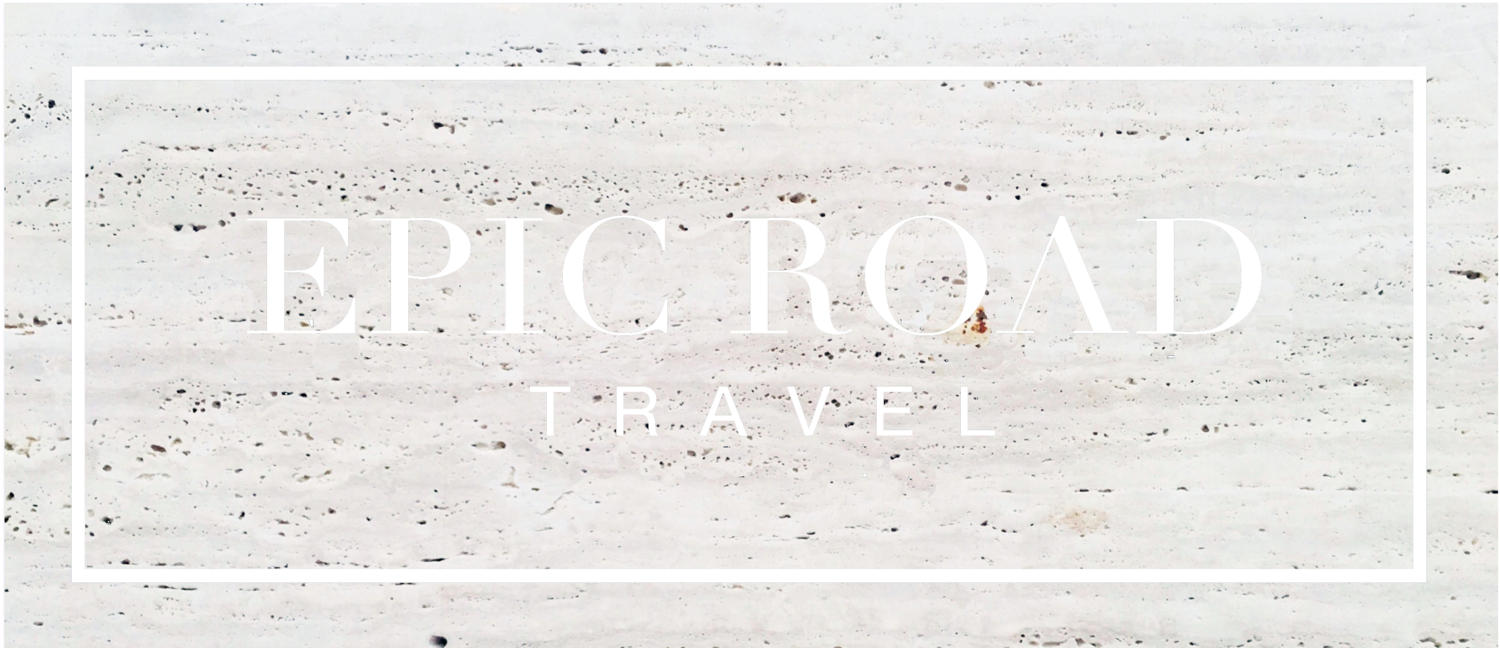Finding the Best Camera for your Safari
Most African safari goers want return from their journey with amazing photographic images that memorialize the breathtaking beauty and power of life in the African wilderness. But which camera to bring? Some qualities to consider are size, zoom, range, and shutter speed. There’s no best safari camera—there’s only the camera that’s right for you.
The first consideration when buying a camera is whether to choose a compact point-and-shoot or a DSLR. Here are some options to get you thinking.
Size
Size may not matter in a 4x4, but on a walking safari, it's a real factor. The compact camera is a great choice for the safari-goer who wants fun, dynamic vacation photos to document a great experience. Many compact cameras today can produce pictures that are clear and vibrant. The major benefits of compact cameras are their usability, price, and size. Lugging around heavy equipment for professional-grade photos isn’t always necessary!
Some good bets are the Panasonic Lumix FT5, which was designed with the outdoors in mind, and is waterproof, shockproof, dustproof, and pressure resistant; the CanonPowerShot SX10 IS, which boasts an impressive 20x zoom, does great in low light, films full HD movies, and is even equipped for wifi; or the Nikon Coolpix, which comes in a range of bright colors, and has a 16x zoom super-zoom with wide-angle coverage, plus full HD video recording, and impeccable picture quality.
If you want to carefully capture the full majesty of your safari in the style of a professional nature photographer however, you’ll want to go with a DSLR. Although DSLR (which stands for Digital Single-lens Reflex) cameras are bulkier and significantly pricier than compact point-and-shoots, the resulting quality is much higher, the speed is faster (no shutter lag), and the options are manifold. Once you learn how to properly use and handle your camera (which you should make sure to do before you leave on safari!), you’ll feel in control of your photos’ look and feel.
When choosing a DSLR, most photographers will cite Nikon or Canon as their brands of choice.
Zoom
Who hasn’t dreamed of capturing that thrilling cheetah kill on film? One limit to compact cameras are their zooms, which rarely go above 20x and often lose quality as they go.
Not so with the DSLR. A common adage says that the body of your DSLR is less important than the lens attached. Indeed, once you’ve chosen the body of your camera, there are still myriad lenses that can be attached to achieve different effects in different contexts. One of top recommended DSLR bodies is the Canon EOS range. The 450D/Xsi, 500D/Xti, and 1000D/XS are all good entry models priced below $1,000. If you’re planning on doing a lot of shooting in low light, Nikon is highly recommended. Three popular models are the D90, the D300s, and the D7000. The latter shoots full HD-video as well. If you have no budget, and want the best of the best, with a steeper learning curve, go for the Nikon D3S.
On safari, you’ll want a powerful telephoto lens—at least 300mm. It’s usually difficult to get close to your animal subjects, so photos will be taken at a range. You’ll also want a lens with continuous predictive auto focus, for speed, so that you won’t miss any thrilling moments, like the lion who ambushes an impala on a river bed. Some safari experts advocate buying a starter body (one of the cheaper models), which are less complicated and easier to use, and pairing it with a more sophisticated telephoto zoom lens. Some good options for amateur nature photographers (slightly less expensive and significantly easier to master) are the Canon EF 100-400L IS or the Canon 70-300 f/4-5.6 IS ($1,500 and $650, respectively). The Nikon 70-300mm f/4.5-5.6G ED IF AF-S VR Nikkor Zoom Lens is also a popular choice, at about $580.
Another great option is what’s often called a ‘bridge’ camera, meaning a digital point and shoot with a telephoto lens attached. With a bridge camera, you can achieve zooms akin to a DSLR telephoto lens, without the complications of use. This is probably the best way to go if you’re buying a camera last minute and don’t have time to acquaint yourself with the functions, or if you want high quality photos with minimal bulk and equipment.
Some good options are the Fujifilm FinePix HS30EXR or HS50, the FujiFilm XS-1, or the Panasonic Lumix DMC-FZ18. The Canon SX30 IS has the most powerful zoom range of any bridge camera at 80-240mm—a focal range that would see you carrying bags full of incredibly pricey lenses with a regular DSLR. For a truly massive zoom, you can combine the FujiFilm with the powerful Raynox DCR-2025PRO Super Telephoto Conversion Lens.
Some other Dos and Donts:
-Quality telephoto lenses are very heavy! You’ll probably want to get a light, compact tripod to help you stabilize the camera if you’re using one.
-Don’t forget to insure your photo gear. Expensive gear is a prime target for thieves, and accidents happen in the wild.
-Don’t forget to bring extra batteries and SD cards, and buy a higher capacity if you plan to shoot HD video (usually 16GB is good). Stow your used SD cards separately from your gear! Cameras are replaceable but photos are not.
-Excited to get started before starting on safari? Visit your local zoo and practice on the residents!
If you still want more info, don't hesitate to contact our safari experts at hello@epicroad.com

